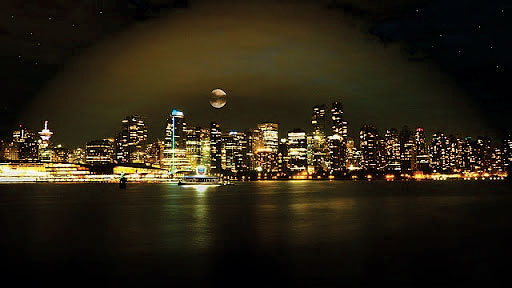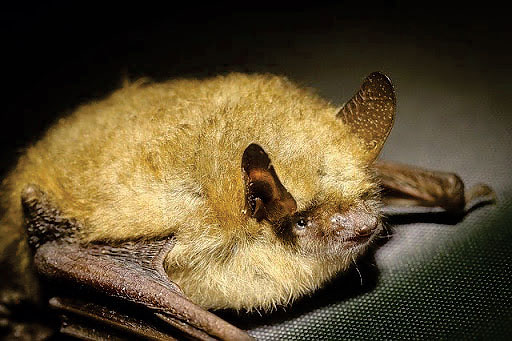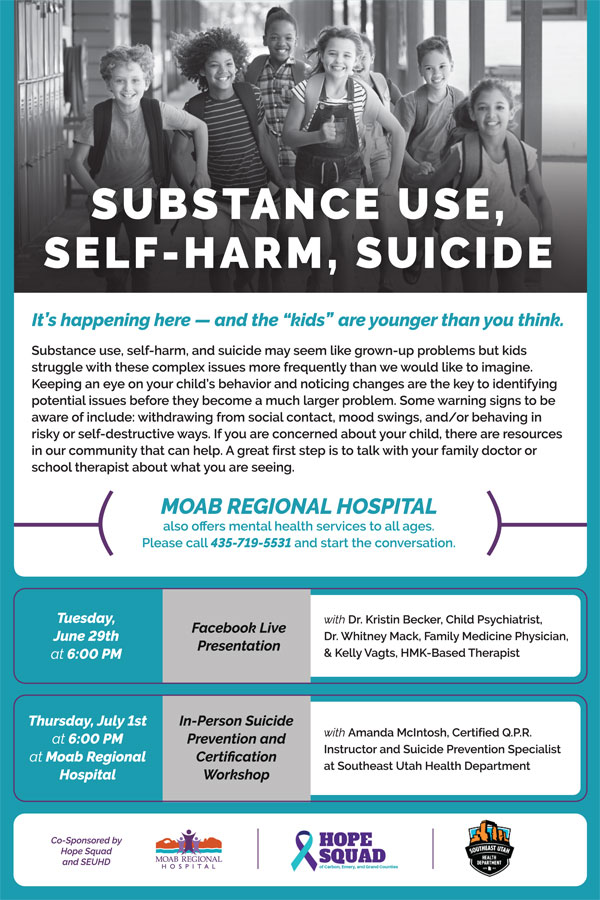
For 4.6 billion years the earth has been defined by a cycle of light and dark. The sun would rise and light covered the land. The sun would set and darkness embraced the earth. Because of this fundamental cycle almost every signal organism on the planet has developed adaptations for a natural cycle of day and night. What would happen to the world’s ecosystems if this ancient cycle was broken? Mankind has radically altered the cycle of day and night by producing artificial light that has created a phenomenon known as light pollution. Light pollution is when artificial light reflects off of particles in the atmosphere, producing a “skyglow” that blocks out natural darkness. Areas of heavy human activity can be heavily saturated with so much light that nighttime never comes.
Some of the most vulnerable organisms to light pollution are nocturnal animals. Creatures that evolved to live in darkness are suddenly thrust into a new environment where their adaptations and survival strategies are turned onto their head. For example, prey animals are much more vulnerable to predators in areas with heavy light pollution. Sky glow can have drastics impacts on amphibian species who rely on darkness to perform their mating calls in safety. Bird species that have long distance migrations oftentimes become lost in the light of immense cities and tragically don’t complete their journeys. These are just a handful of examples of the devastating effects light pollution can have on animals. 
A world of disrupted light and darkness cycles has been shown to have drastic impacts on plant life as well. One of the most impactful disruptions on plant life is artificial light can alter the natural cycle of leaf shedding. Trees next to street lamps will often shed their leaves much later in the fall season, which can cause harm to the trees long term. Another example of the disruptions that light pollution creates on plants is that there are many species of flowering plants that rely on a natural day and night cycle for opening and closing their flowers. Plants that flower at night, such as the moonflower, are especially vulnerable to artificial light preventing them from opening their flowers because the plant senses it is still daytime.
The effects of light pollution are projected to increase throughout the coming years. So what is to be done to reduce it? Luckily, light pollution has relatively simple solutions! You can make a major difference at home by reducing light usage, using shaded lights, and being an advocate for policies in your neighborhood and city!
|
A person who self-harms will deliberately and intently injure themselves, usually as an expression of distress or to release built up tension. The most common form is to cut the skin on the arms or legs, but other methods include burning the skin, punching themselves, misusing tablets, alcohol or drugs, or deliberately starving themselves.
Reasons to self-harm are various and complex but are summarized below with some examples:
•Social pressure - anxieties about friendships or school issues like “fitting in”
•Stress or trauma - concern about illness or death of a loved one, or post-traumatic stress
•Mental health - underlying depression, low mood, and inability to cope
Most young people who experiment with self-harm have no intention of ending their life or even doing any lasting damage. Many people who harm themselves regret it immediately afterwards. More often than not, it is a distraction and a quick release.
If a young person is cutting themselves, there are two main factors that they should be aware of:
What are they using? - The instrument or sharp edge that they are using can cause infection if it is dirty or contaminated, so the young person must take care to keep wounds clean while healing.
Where are they cutting? - Arteries and veins are nearer to the surface in some areas of the body than others and serious bleeding is a risk. Also, visible scarring is a possible consequence.
There are several ways that you can offer support to a young person that is self-harming but they all revolve around openness and honesty:
Offer professional help. Anybody who is self-harming should seek medical help for physical injuries, but if there is a suspicion of underlying depression then counselling services might help. These can be arranged through your doctor.
Offer an open door. It is very difficult for many adults to comprehend how a young person that they care for could do such a thing to themselves, but it is important to keep an open mind an open door. Try to be the listener not the talker. Try not to panic.
Self-harm needn’t be a lasting problem, and with the right support it can be overcome. If you are worried about somebody who you love then please contact your doctor, who will be able to advise you.
Moab Regional Hospital will host an informative presentation on the rising risk of substance abuse, self-harm, and suicide in our community. Please join Dr. Kristin Becker, Child Psychiatrist, Dr. Whitney Mack, Family Medicine Physician, and Kelly Vagts, School-Based Therapist at HMK on Tuesday, June 29th at 6pm via Facebook Live. Questions? Please call 435-719-3771 or go to www.mrhmoab.org/events.
 |